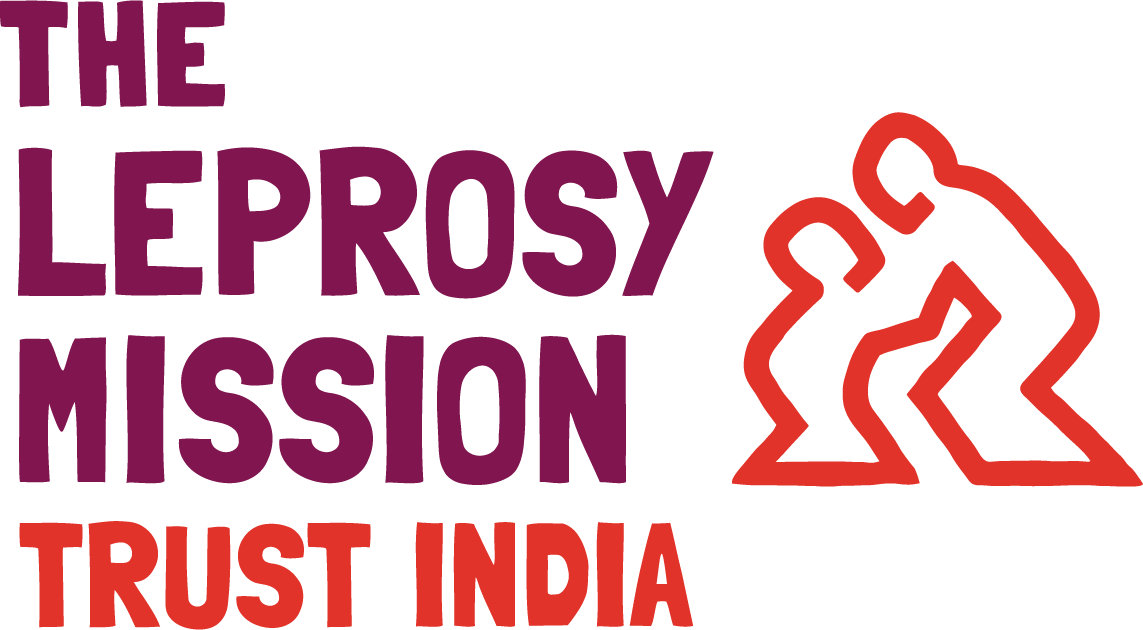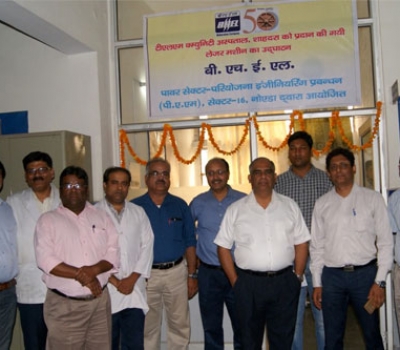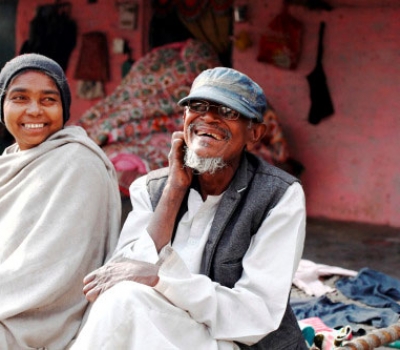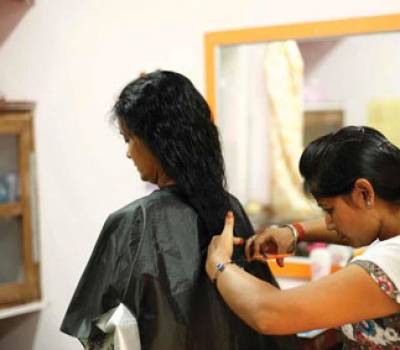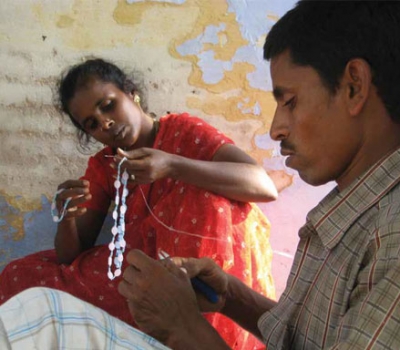When the world celebrated Valentine’s Day on February 14 with its usual fun and fervour, The Leprosy Mission Trust India’s Inclusive Holistic Development of Individuals with Disabilities (IHDID) project, in Kothara, Maharashtra, found a novel way to celebrate the day.
Celebrating Valentine’s Day on a different note

